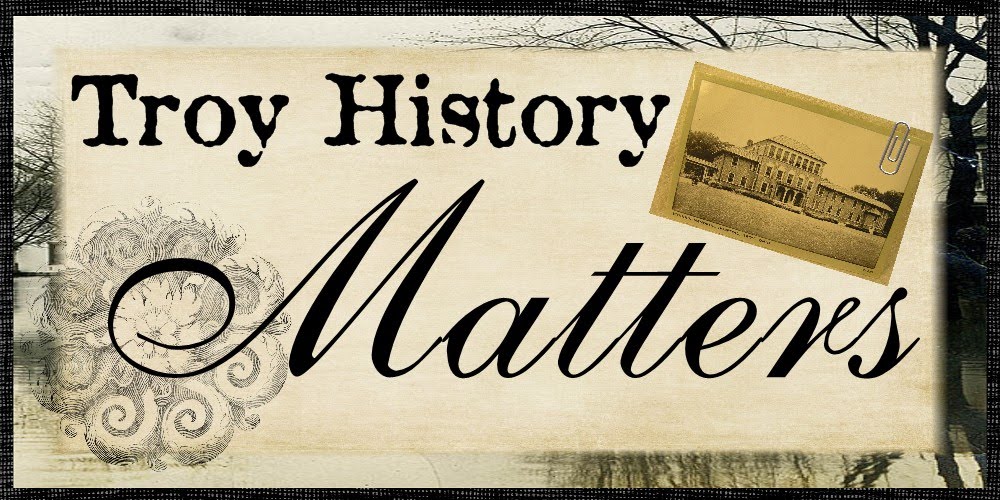Waaay back in 1894, twelve women of Troy decided they wanted to assist the citizens of the city in more tangible ways than they had in the past. With limited opportunities in those days, their chosen avenue of change was to organize a club for ladies and purpose together "to broaden the cultural and intellectual interests of members and promote civic welfare."
The ladies did indeed fulfill their wish and organized their group, which they named the Troy Altrurian Club, AND went on to provide many services and helps for members and all the people of Troy. But the greatest achievement and lasting impact these women had was initiating, pushing for, and being the catalysts for the idea of a free public library in Troy; A library where all could learn to read and learn by reading.
Now, as anyone who has lived in the world for about five minutes knows, nothing is free. And it isn't free to maintain a library, or anything for that matter. The 'free' the ladies referred to meant no one had to pay to use the library. It sounds a little silly to the modern ear, but it was quite a goal in 1896!
Many years ago, cities had libraries, but they were often private libraries for just a select few, or if they were for 'anyone,' often a fee was attached to borrowing a book.
Several times in the past, individuals had initiated efforts to bring about a library in Troy, but they usually failed for one reason or another . . . not enough interest, no resources, or fees charged for use of the library. Troy even had a free public library at one time, but it was located in Kyle school and was mainly for the use and benefit of the young scholar. Troy had seen it all.
But the Altrurian Club ladies would not be deterred from their goal of a truly free public library, so they pressured the city council to support the idea, they raised funds by holding a book drive and they worked hard for state aid. The women even pulled their favorite recipes and brought them together in a published cook book simply called, "Altrurian Cook Book." So in 1896, the ladies of the Troy Altrurian Club were able to celebrate the accomplishment of one of their goals.
For the council's part, they agreed to let the ladies have a room in the corner of the city building for the library and they even agreed to allow them free heat and electricity. The idea, and the collection of books, grew from that time forward.
In 1942, wealthy Troy widow Mary Jane Hayner died and left her home to the Troy Board of Education for a library, museum, or other cultural purpose. Mrs. Hayner's beautiful home was the home of the Troy-Miami County Public Library until 1975 when the present library facility was constructed.
The Altrurian women were determined to make a difference. Unfortunately for Troy, the Altrurian Club no longer exists as an active club, but what they were able to begin in 1896 continues to reap benefits in and for the citizens of Troy and Miami County, even 114 years later!
The present Troy-Miami County Public Library
building as it appeared when it opened in 1976.
(Photo by Joan Heidleburg)






+Johnson++circa+1888-1890.JPG)
